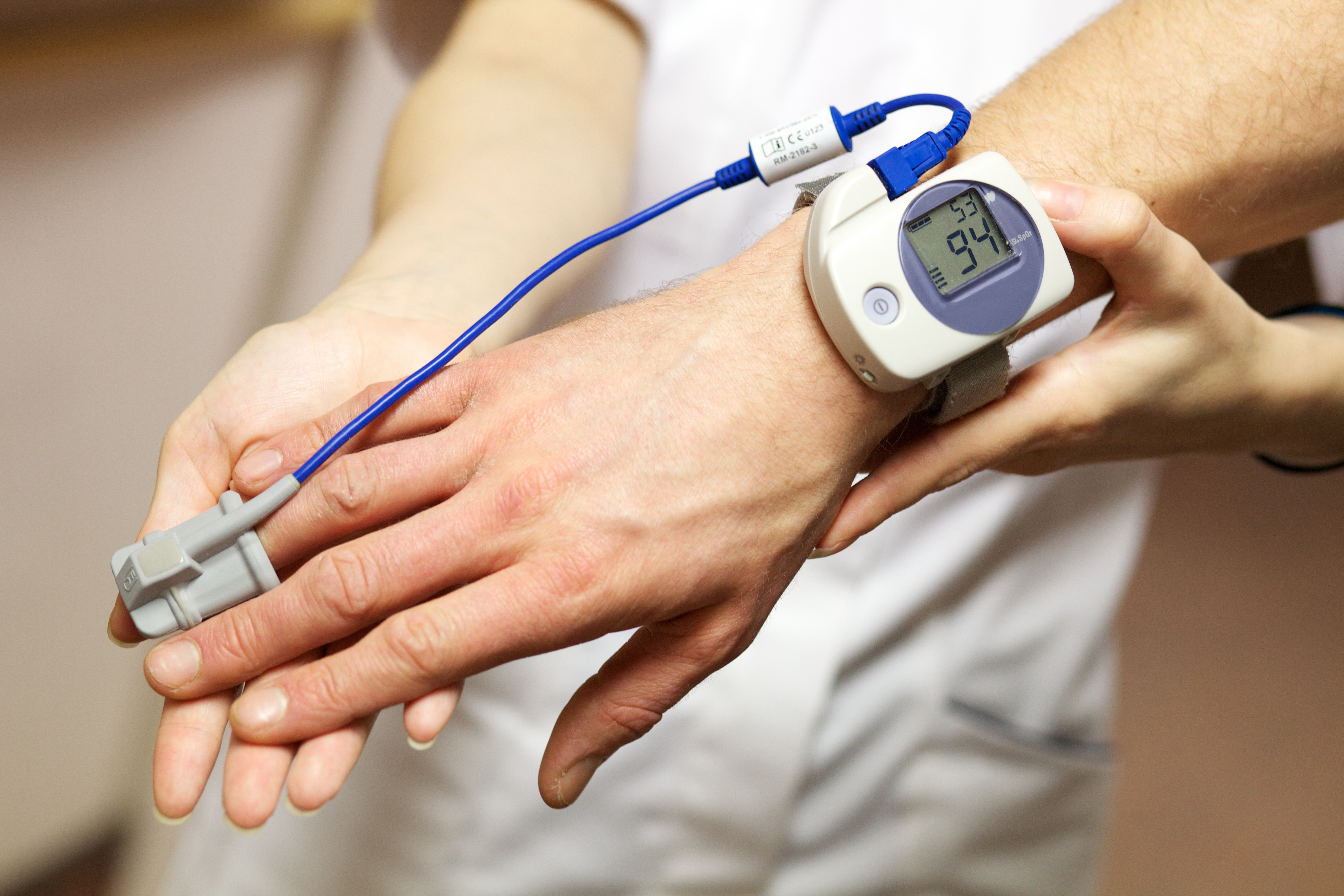Obstructive Sleep Apnea (OSA) is a common sleep disorder in which repeated episodes of complete or partial obstructions of the upper airway during sleep, result in a reduction in blood oxygen saturation. People who suffer from OSA are 5 times more at risk getting involved in traffic accidents. This means that OSA exceeds drunk driving as a major cause of collisions with motor vehicles[1]. A consortium of 14 organizations from 9 countries is investigating how new Big Data software can help with the large-scale organization of diagnosing OSA and how the follow-up of OSA patients can be done more efficiently, cheaper and more ecologically.

In the case of OSA, breathing stops due to a complete or partial obstruction of the airways. This may be due to factors such as old age, weak muscles in the airways, a large tongue or obesity. OSA has a negative impact on the general quality of life as a result of the reduced blood oxygen saturation and lack of good quality sleep in patients. As a result, patients are often sleepy during the day, resulting in amongst other problems a higher risk of traffic accidents. Approximately 10 percent of all adults worldwide suffer from OSA[2]
Software toolbox for data analyses
In the Track & Know project, researchers will develop a software toolbox which they can use to collect and analyse Big Data on OSA patients on a large scale. This should ensure a more effective service for OSA patients and better follow-up. In this way, the researchers aim to improve health parameters, reduce health risks and reduce traffic accidents caused by OSA sufferers.

Applying data analytics, the researchers have been able to devise a more efficient distribution of oximeters. These are blood oxygen monitoring devices (comparable to a wristwatch), that the patient must wear at night for a week. In this way OSA can be traced. Patients need to collect and return these oximeters from hospitals, clinics or their GPs. The locations of these centres can be distributed over many kilometres which makes the collection, distribution and allocation of these devises problematic, adding to this there is an obvious need to reduce the distance that potential OSA patients have to drive. The researchers want to organize this distribution more efficiently in order to avoid the risk of traffic accidents, while at the same time reducing CO₂ emissions and saving costs.
Need for care close to home
The preliminary results from this Track & Know study are currently being used by the Respiratory Support and Sleep Center (RSSC) of the Royal Papworth Hospital in Cambridge. This is one of the largest sleep clinics in the UK and the base for this pilot study. The analysis of the data to date has highlighted the optimum locations for these distribution centres which helps the hospital to provide a better service and reduces the travel time for OSA patients in turn reducing the risk of associated traffic accidents. The fact that research results are used at such an early stage underlines the need for new forms of data analysis and is promising for the next steps within the project.
The Track & Know team will develop a ready-to-use software toolbox for Big Data analyses based on this and other pilot studies. This toolbox will also be used in further research such as the analysis of data from logbooks, mobility data from GPS devices, risk data, health statistics of geographical populations, medical data, financial data … These analyses can therefore also be used for other services and sectors, both national and international, in order to optimize their service.
Track & Know
Track & Know is a project funded by the European Union’s Horizon 2020 research and innovation programme. The consortium kicked-off in January, 2018. Since then a team of top researchers and industry representatives got off to a flying start. During this 3-year project, the goal is to research, develop and exploit a new software framework to increase efficiency of Big Data applications in transport, mobility, motor insurance and health sector. Moreover, the project will develop user-friendly toolboxes that will be readily applicable in the addressed markets after efficiency validation in real-world pilots.
[1] Tregear S; Reston J; Schoelles K; Phillips B. Obstructive sleep apnea and risk of motor vehicle crash: systematic review and meta-analysis. J Clin Sleep Med 2009;5:573-581.
[2] Valentine, K., Ayas, N., Eastwood, P. R., Heinzer, R. C., Ip, M. S., Patel, S. R., Peppard, P. E., Sinha, S., Tufik, S., Nunez, C. & Malhotra, A. Global Prevalence of Obstructive Sleep Apnea in Adults: Estimation Using Currently Available Data. B67. Risk and Prevalence of Sleep Disordered Breathing
